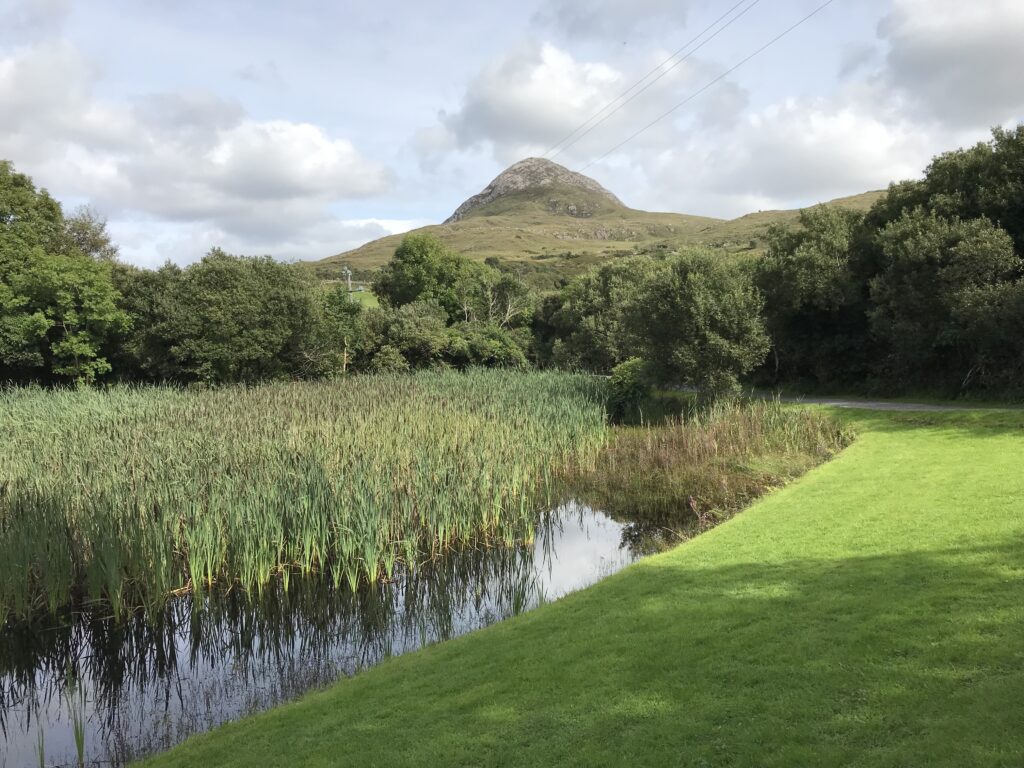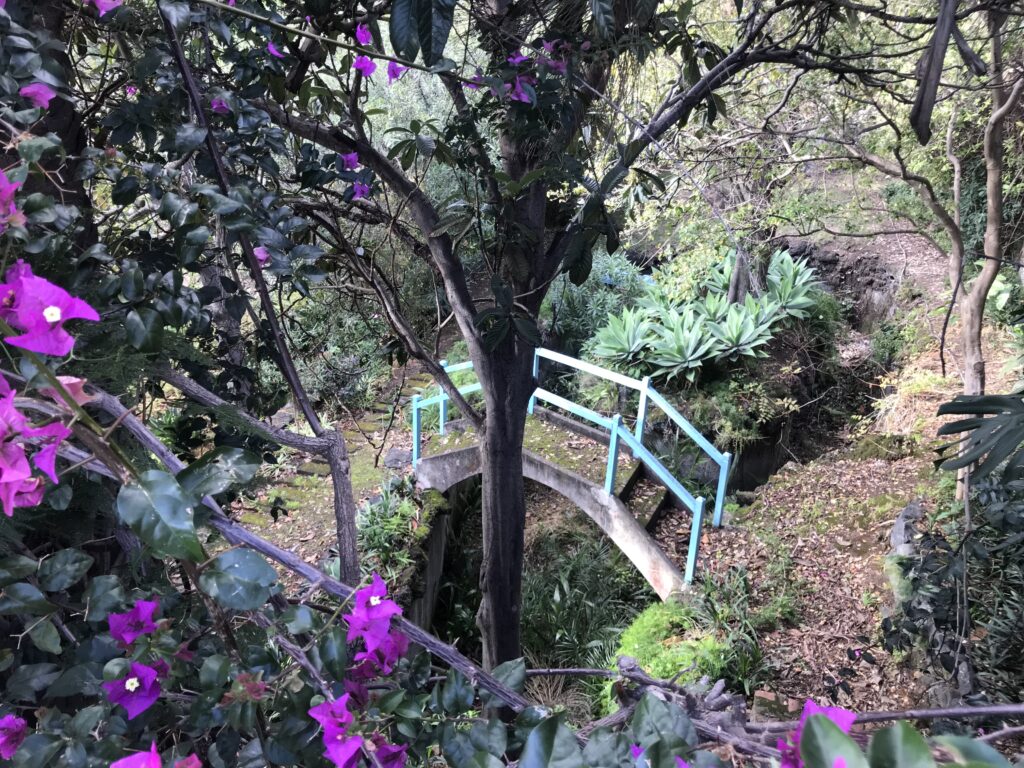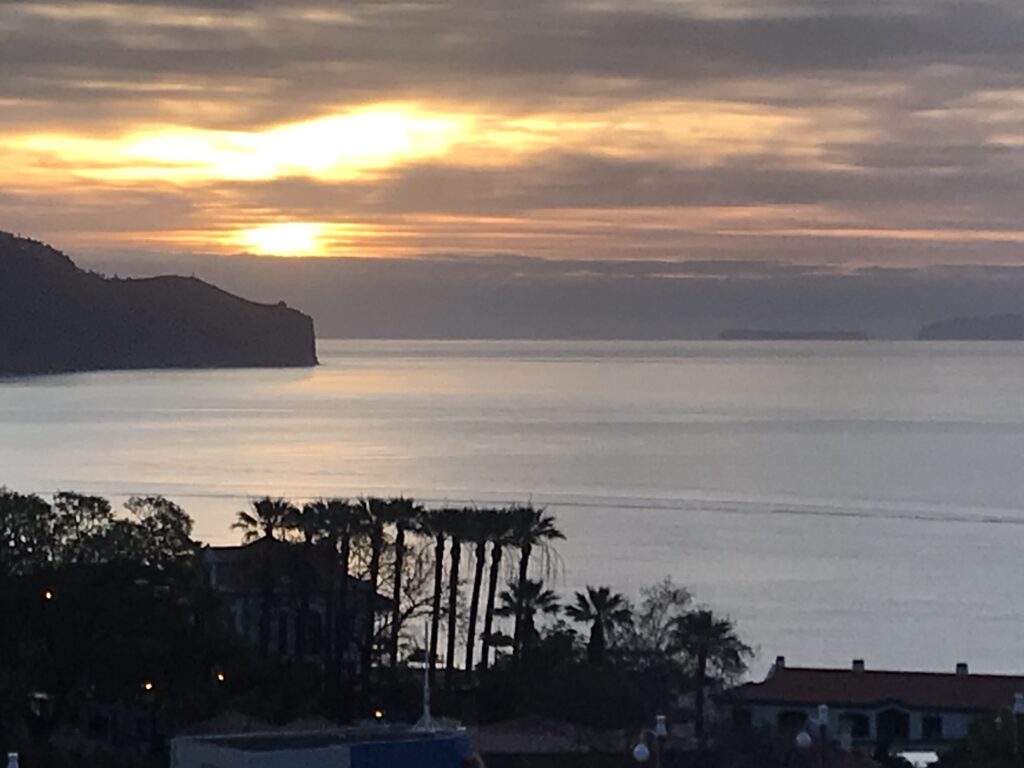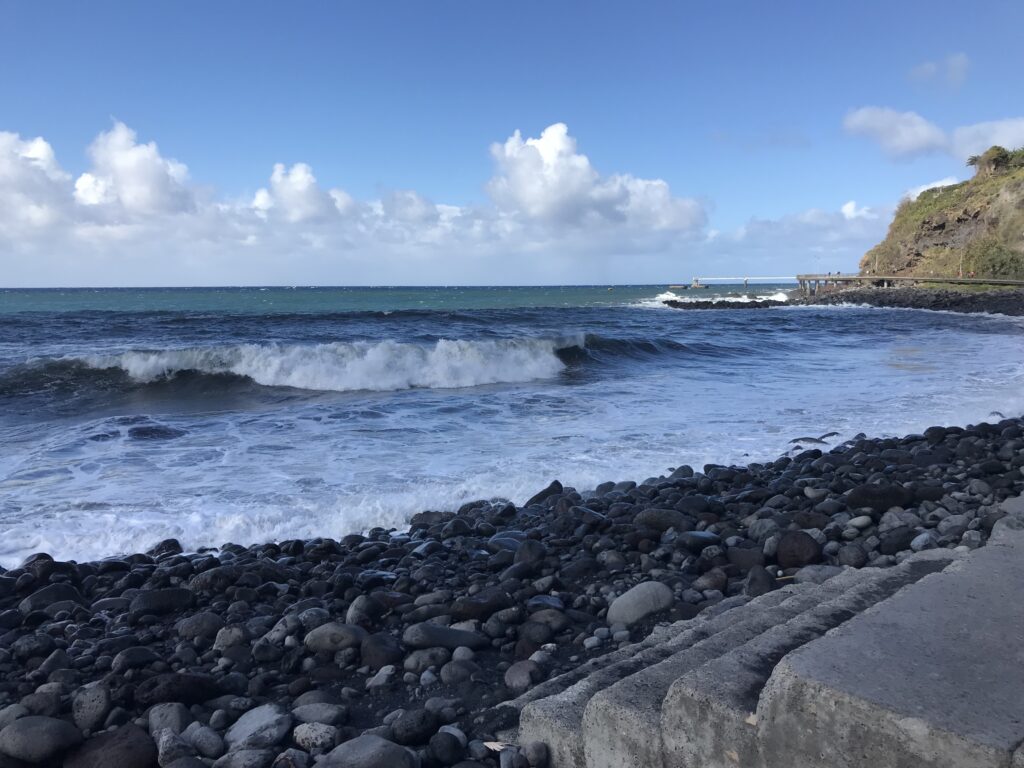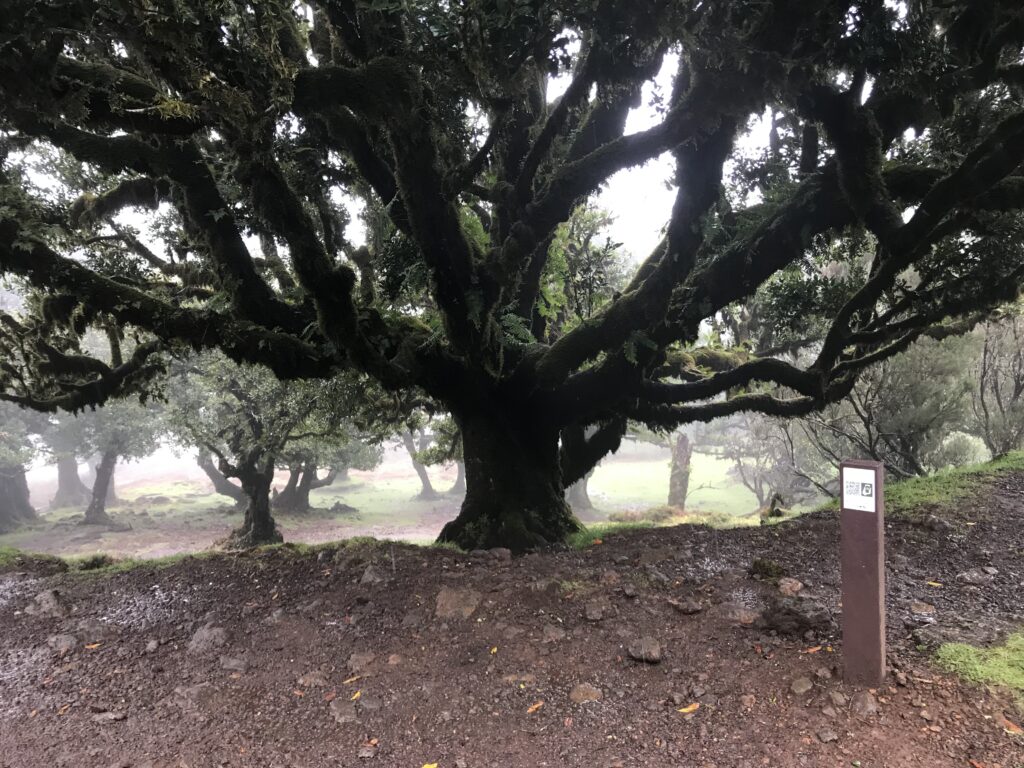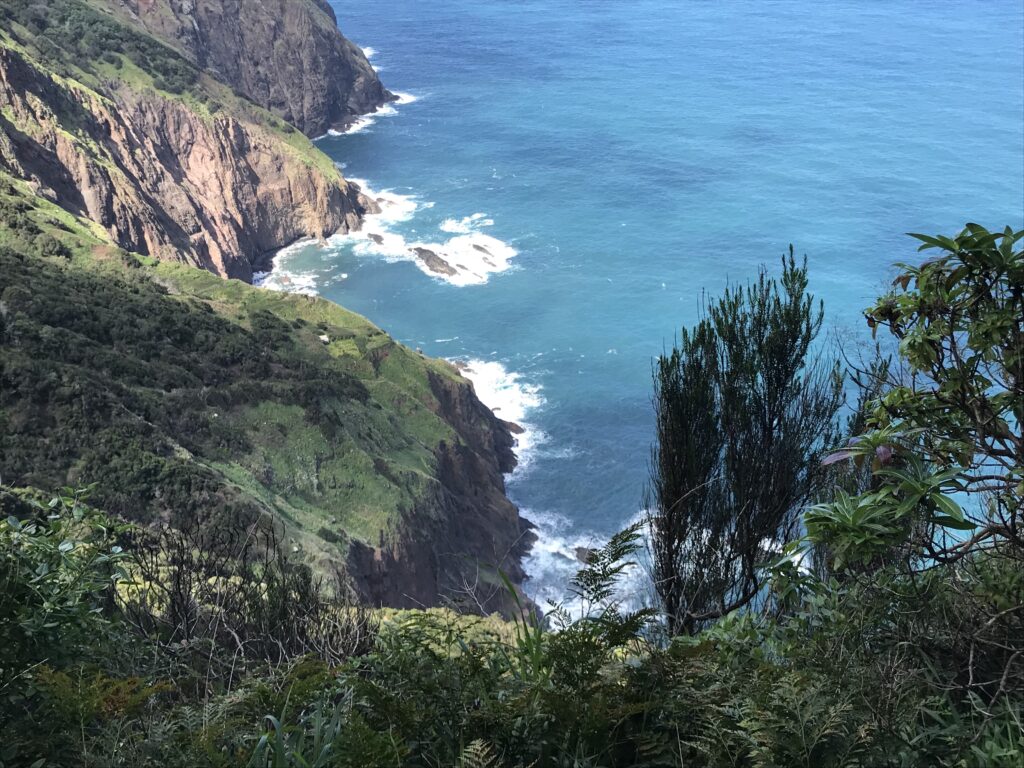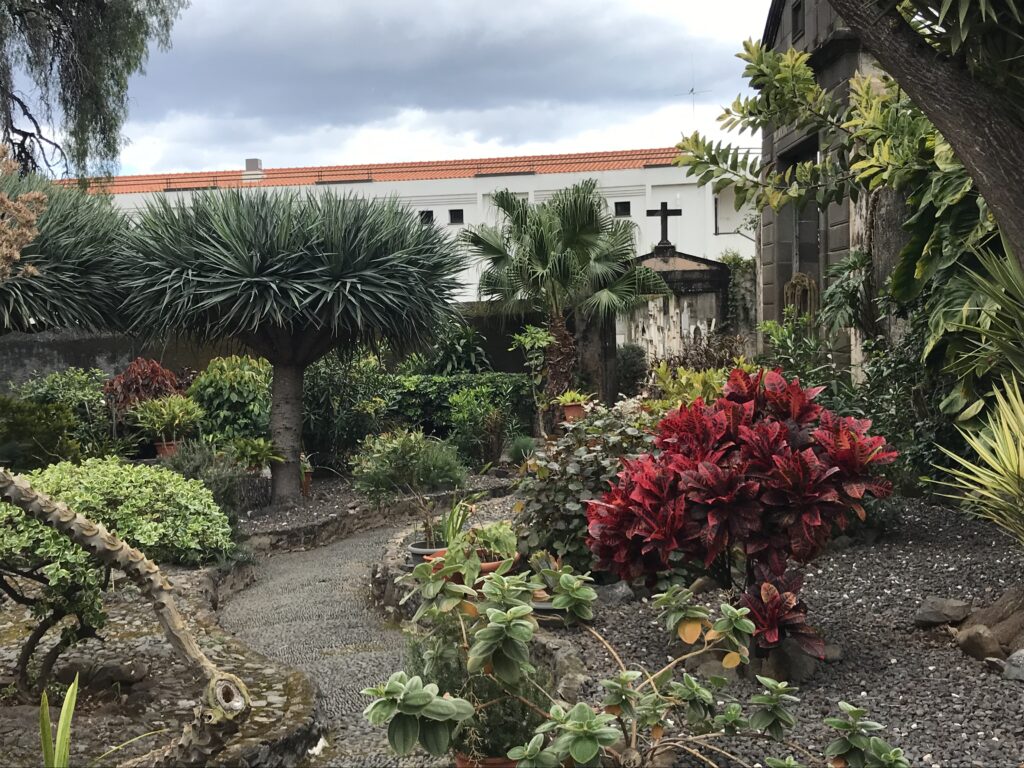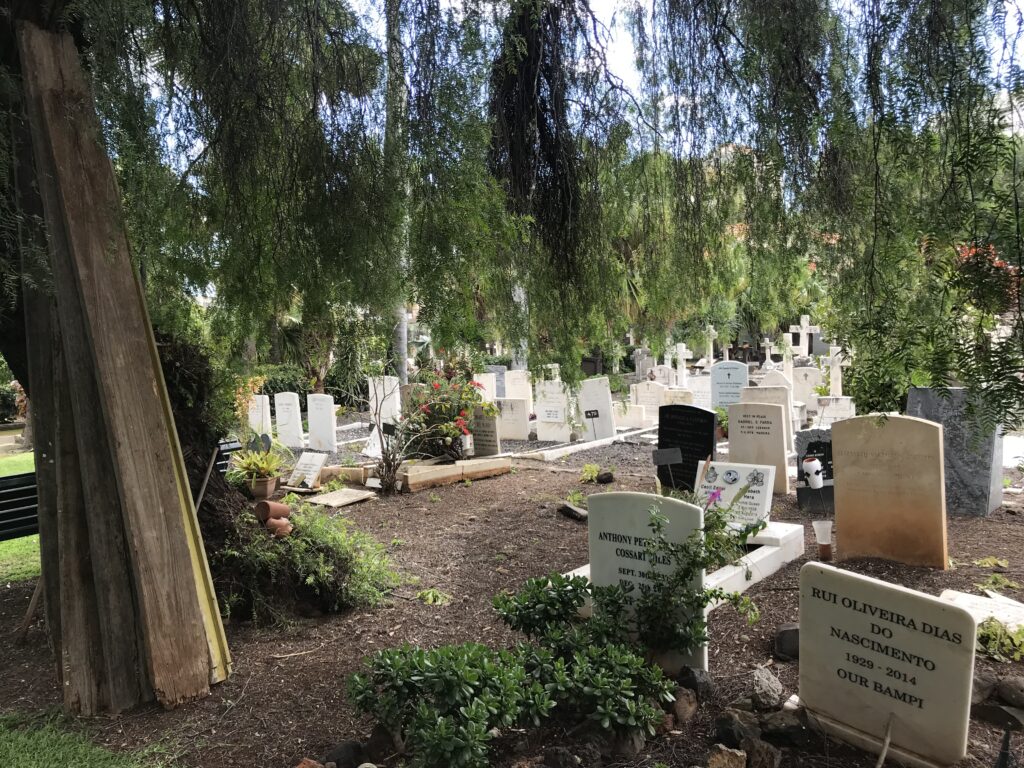Boston Bound
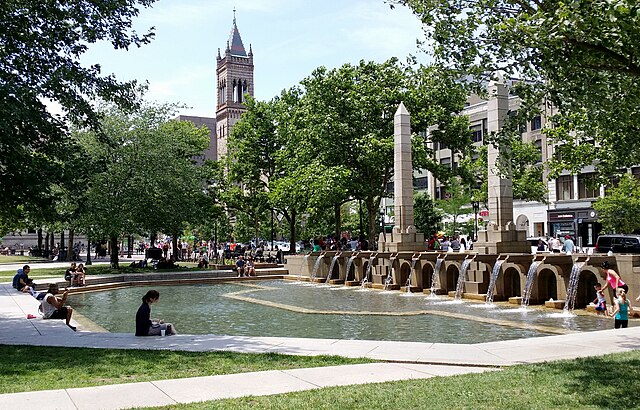
We’re off today for Boston, Massachusetts, where my niece will be married on Saturday. It’s been a long time since I’ve been in New England, though we lived there for two years. I’m readying myself for the distinctive difference of that part of the country.
When we first moved north I didn’t know what to expect, didn’t realize how unique each village would be, how some (Groton, where we lived) were market-type towns and others, like Lowell, were mill towns. After some lonesome weeks early on, I found a newcomer’s club and began to make friends. Our oldest daughter was born there, further endearing the place to me.
By the time we left I was hooked on the vibrant autumns, the apple orchards — and most of all the people. I miss them still.
(Boston’s Copley Square, courtesy Wikimedia Commons)
